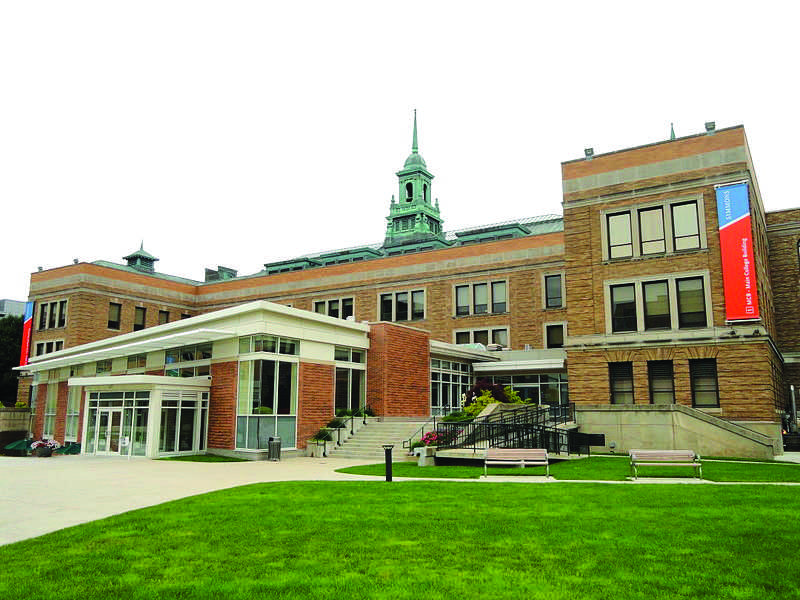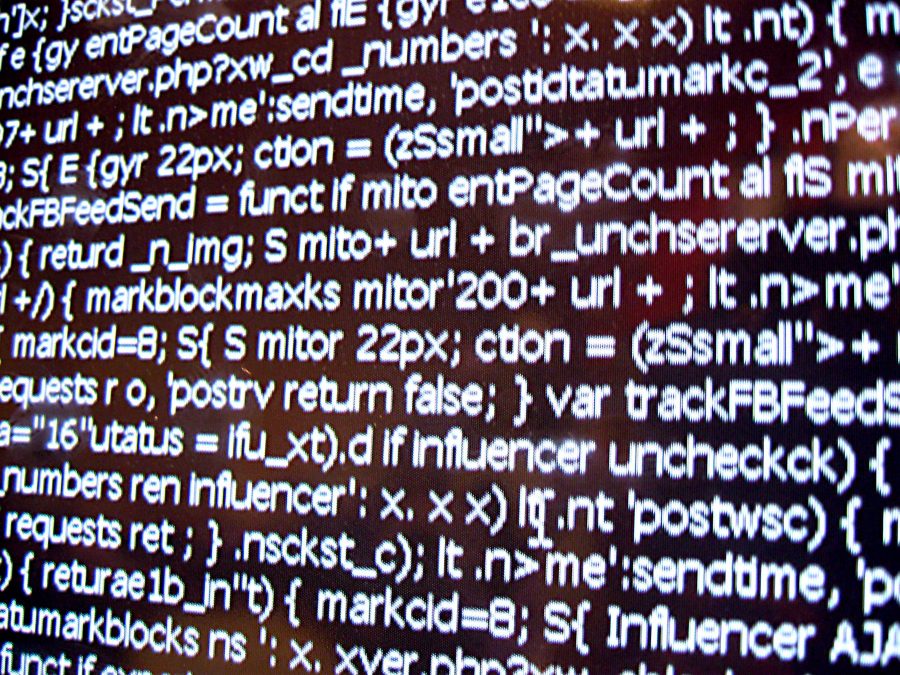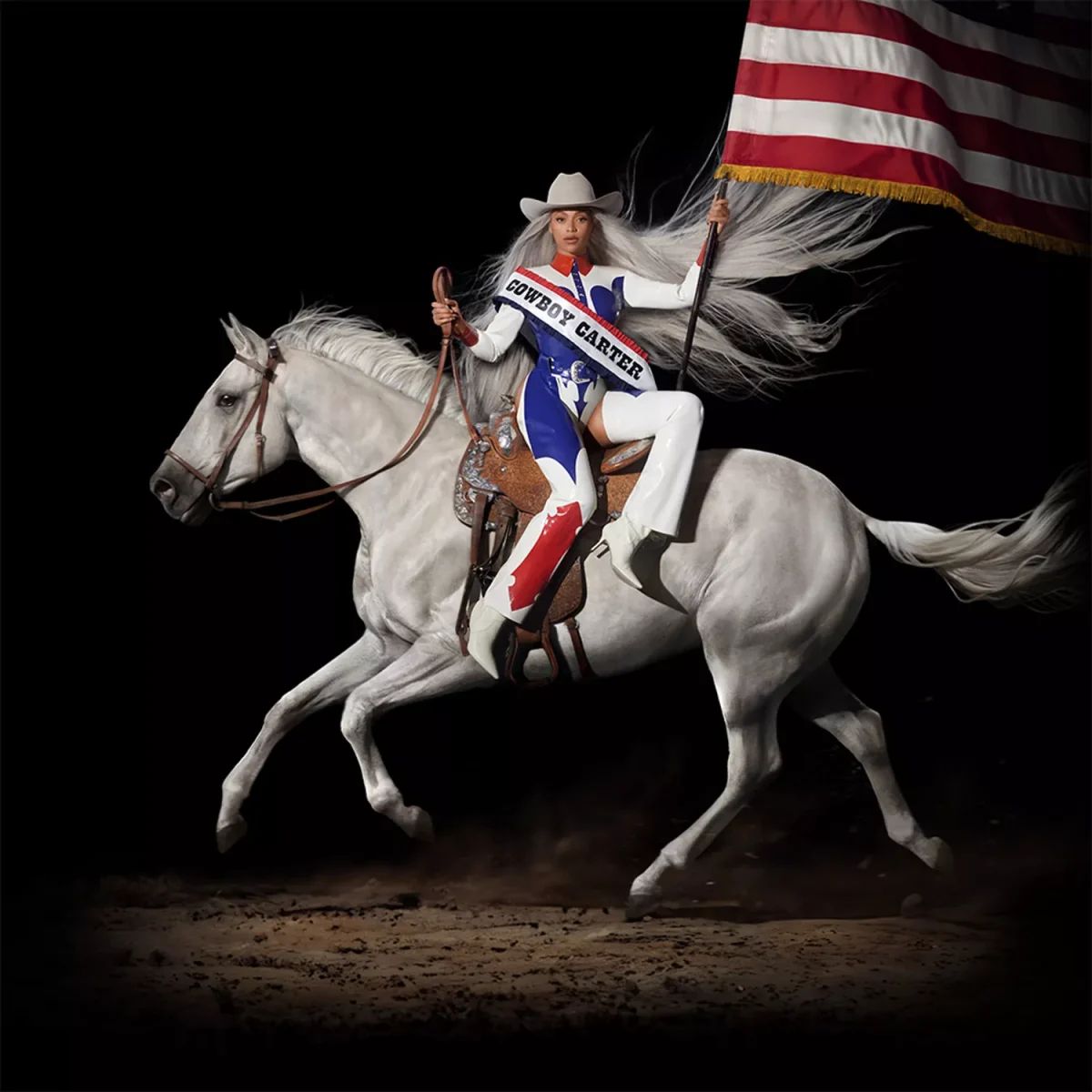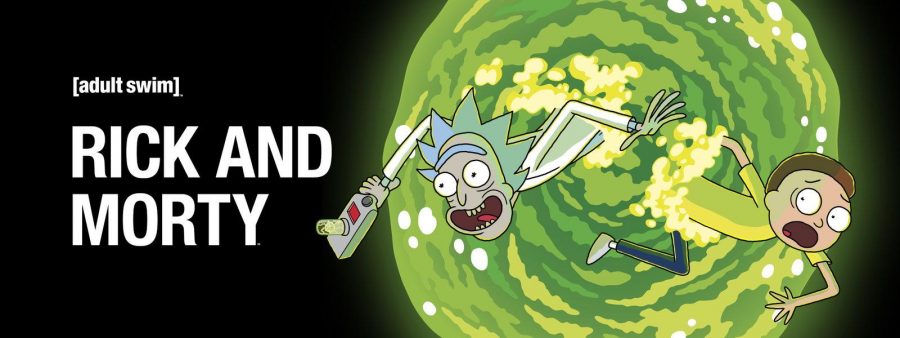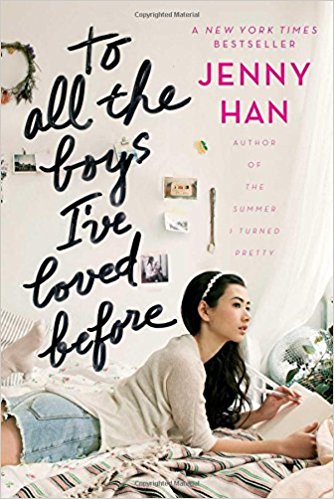By Jordan Jackson
Staff Writer
On Wednesday, Sept. 14, the Trustman Gallery held a lecture series featuring Professor Erica Gunn and her presentation titled “The Symmetry of Chemistry and Color.” Gunn, a professor of Chemistry Department, has expanded her discipline to provide a truly interdisciplinary conversation about the role of chemistry in art.
For this particular lecture, Gunn focused on the art currently displayed in the Trustman Gallery. Inspired by the vivid colors of Andrew Fish’s collection and the various types of symmetry found in pieces by Nancy Hayes, Gunn was able to draw directly from the “Retina Riot” exhibit, which opened earlier this month.
The conversation that followed Gunn’s lecture was very riveting. Even artist Nancy Hayes, who was attending the lecture, had the opportunity to give input on how the concepts of symmetry and color influences her aesthetic.
Faculty from the Art and Music Department as well as the Chemistry Department exchanged various ideas about the role that chemistry plays in the future of art preservation and its role in the creation of art itself. For example, many concepts of chemistry could potentially be important to art historians and curators—knowing the chemical makeup of various pigments in a painting could give clues to where this pigment was taken from and how it traveled. Knowing where these materials have traveled could potentially have an important sociological value as well.
Gunn also touched on how concepts of symmetry and chemistry are involved in the physical creation of art. For example, because of our current ability to synthesize pigments artificially in a lab (a process that requires an extensive knowledge of molecular symmetry), paint pigments are significantly cheaper these days than they would have been in, say, the 13th century. Additionally, chemists can now make paints that are chemically safer for artists.
Gunn has even incorporated some of these concepts in her chemistry classes. In previous years, she has designed labs where students can create pigments and, with the perfect mixture of ingredients, can produce their own paints—a truly interdisciplinary experience for chemistry students.
Every now and then we all need a reminder that nothing we do, study, or create exists in isolation. While I do not consider myself a scientific person by any means, this lecture helped me and others to realize the roles that other disciplines may play in our future or current professions.









